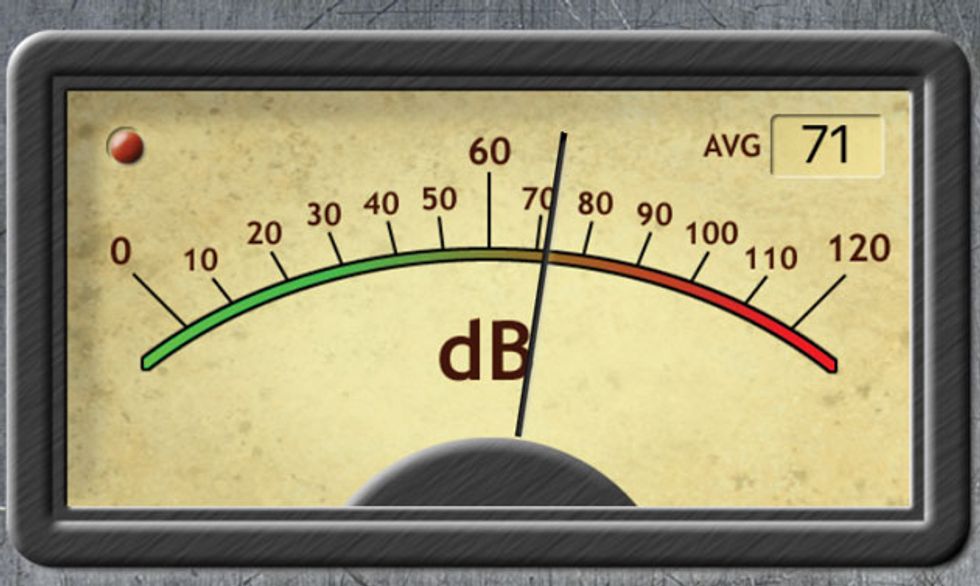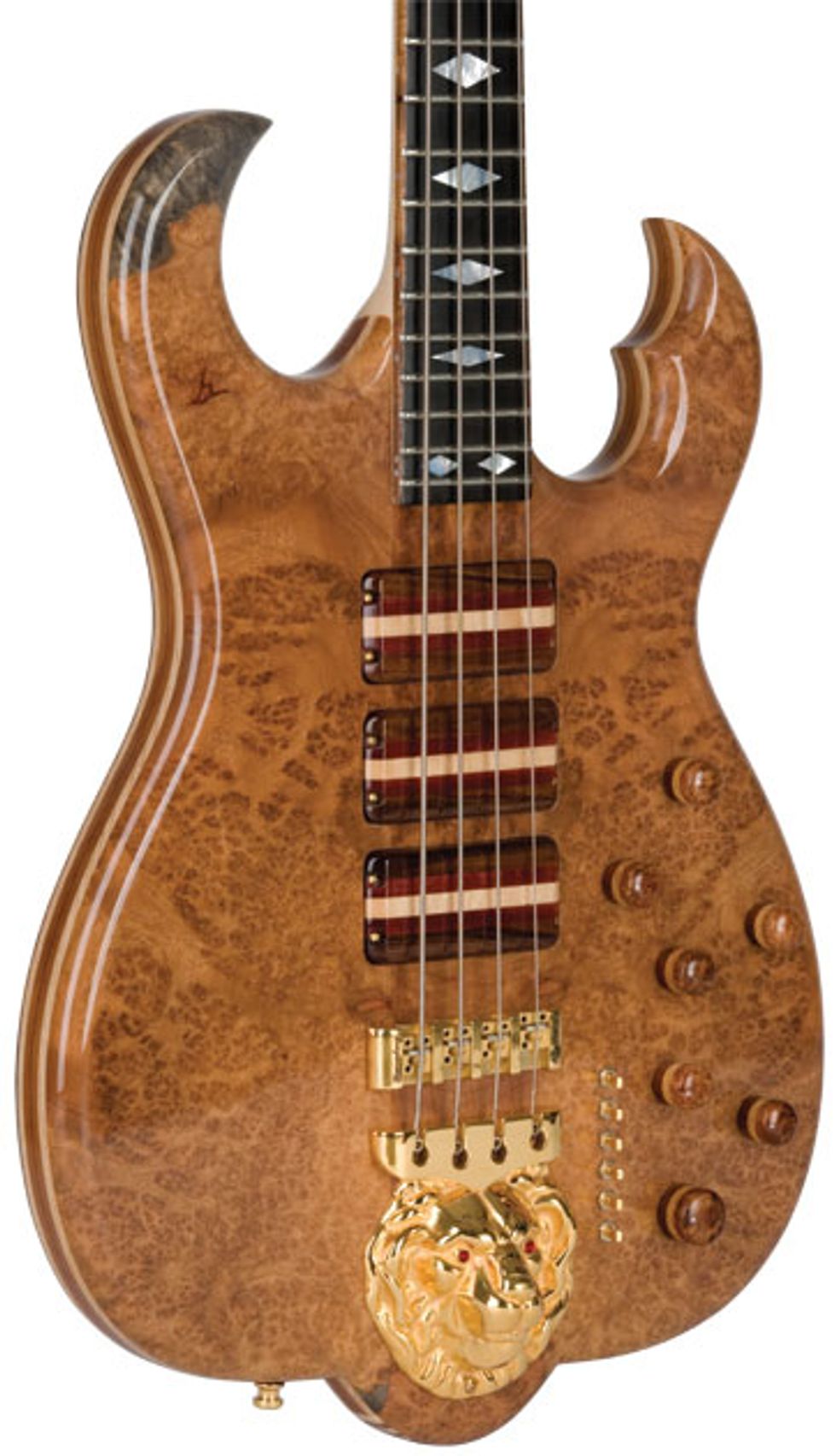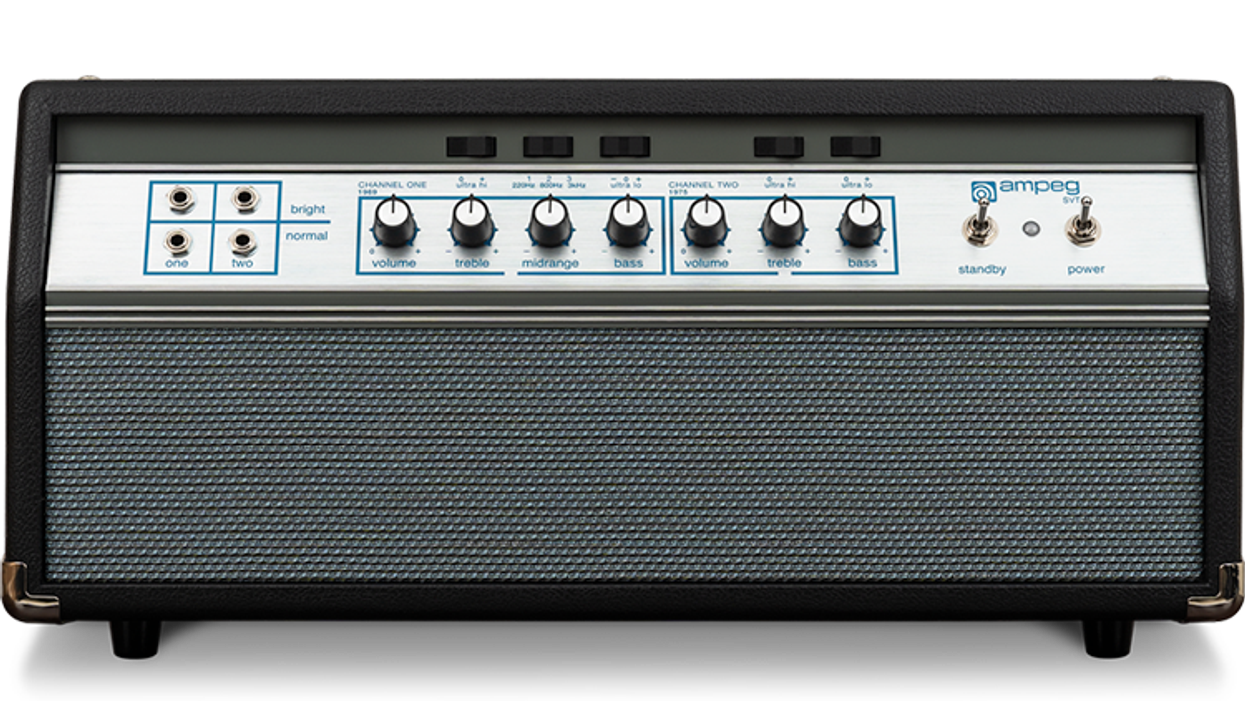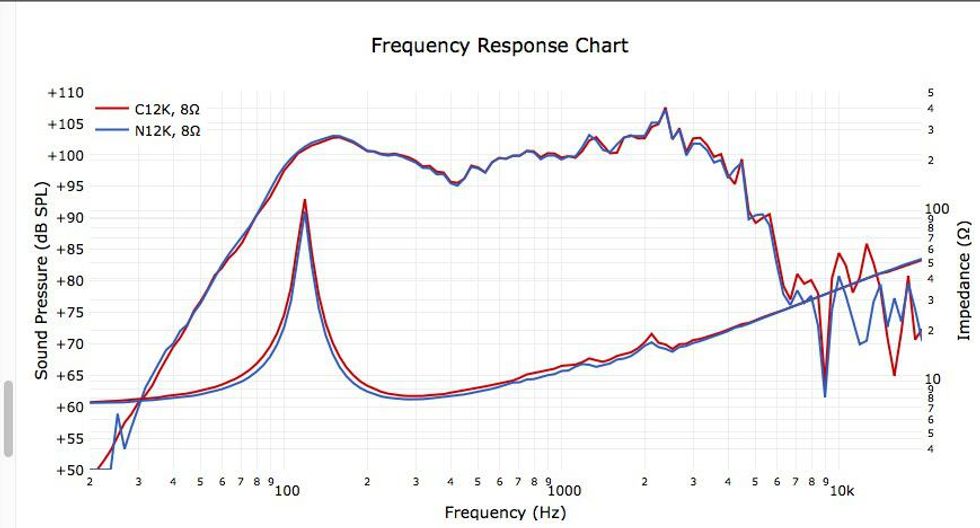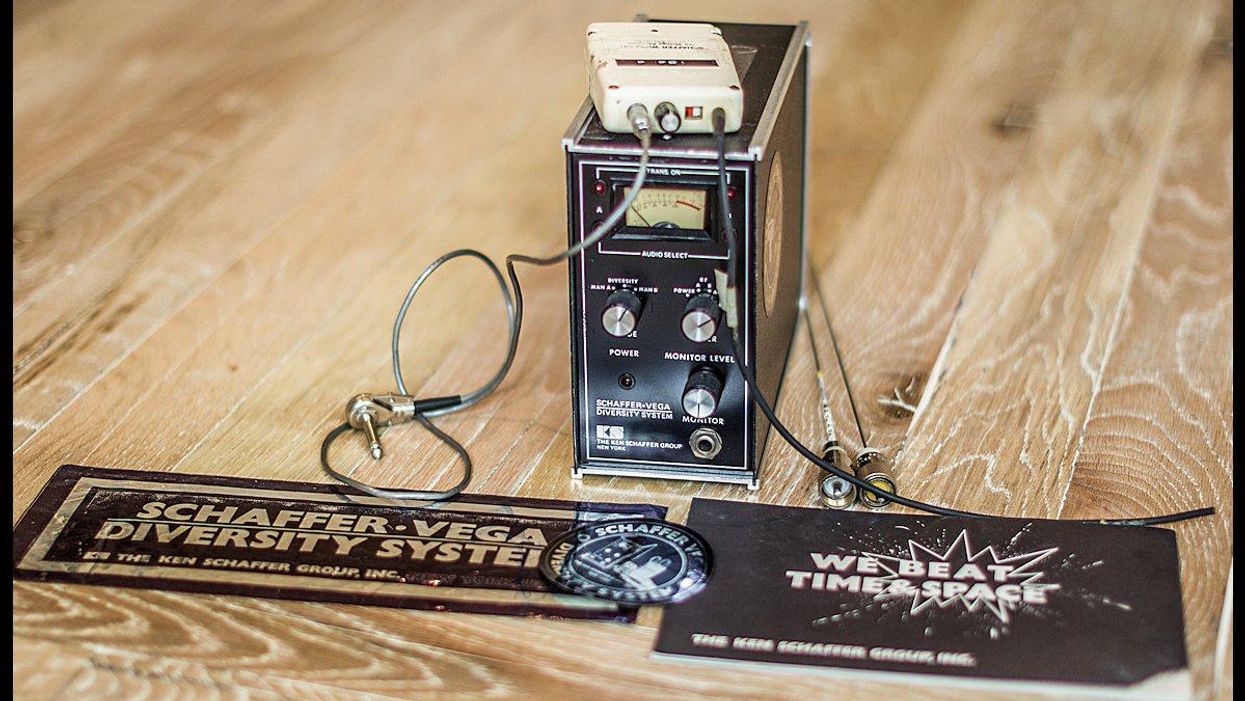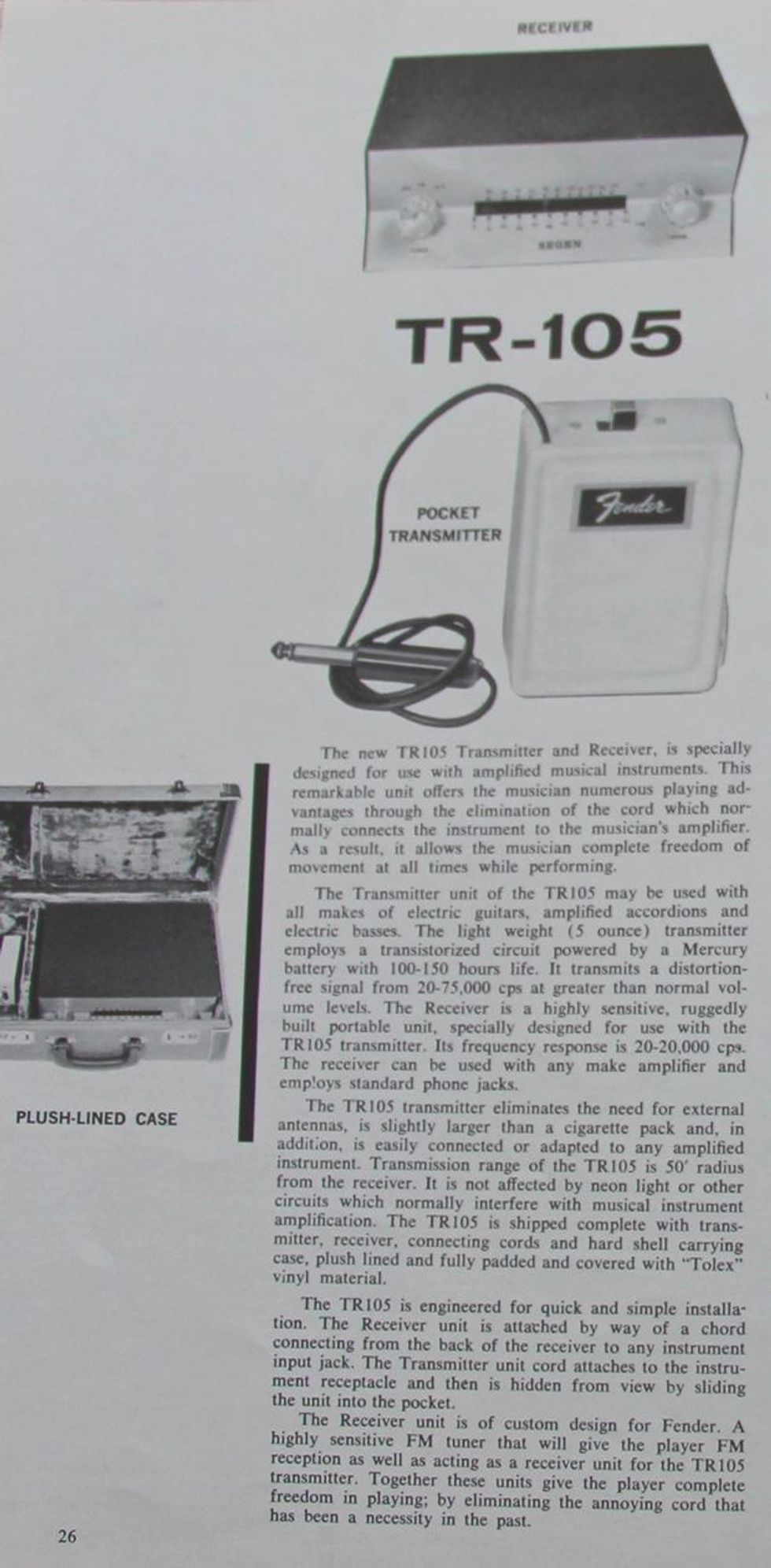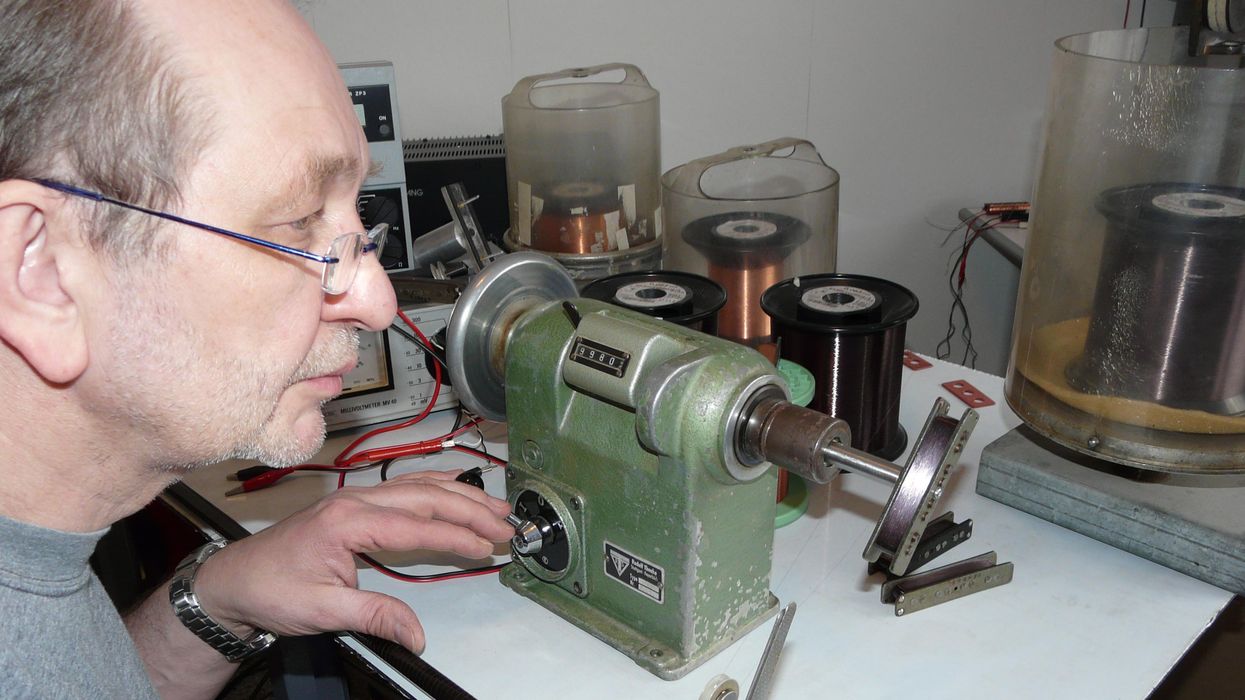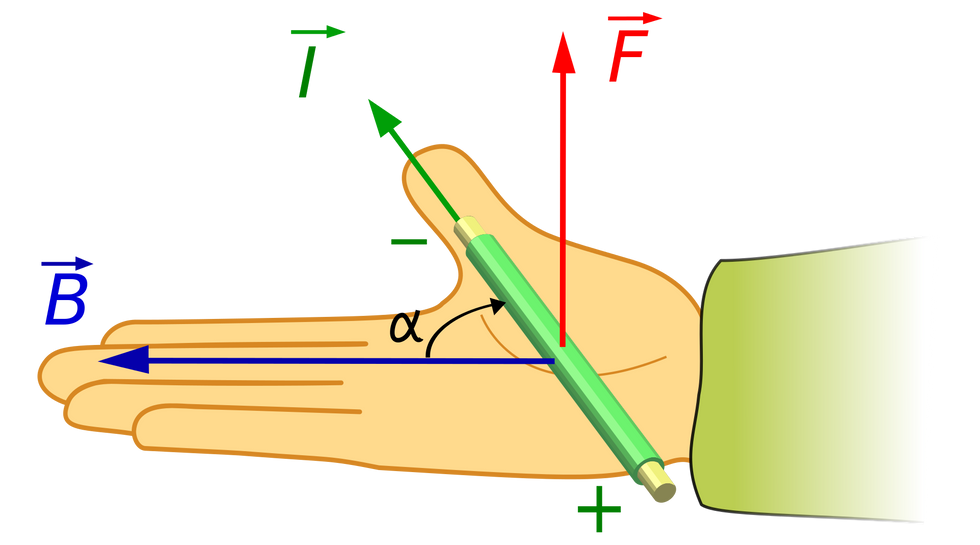Now that we’ve looked at the extremes of pickup adjustment [“Mysterious Magnetism”], let’s see what it takes to get your pickups dialed in just right. Before you begin: It’s pointless to start adjusting pickups if the rest of your instrument isn’t properly set up. No need for it to be perfect, but at least it should be decent. And remember to tune up carefully.
Of course, a manufacturer’s recommendation is a good starting point. Factory measurements typically refer to the distance between the top of the pickup and the underside of the string. (Conceptually, it’s the same way we’d measure action between the fret and string.) But consider this: On the bass, it makes a difference whether you’re measuring the distance from the center or the bottom of the string—just think of the trending 0.178" (4.5 mm) low F# string. If our goal is to make precise adjustments within a magnetic field, the discrepancy between these two points of measurement can be significant.
Another thing is the choice of strings. Nothing to worry about if you’re only doing this for fun, but if you intend to adjust your pickups once and for all time, choosing strings is a crucial first step.
Ironically, no one recommends a fresh pickup adjustment after you’ve changed string gauge or even magnetic string materials, but they should. There are three elements (nickel, iron, and cobalt) that are ferromagnetic at room temperature and each of these are used by string manufacturers, with cobalt being the latest to the game. Of course, the alloys manufacturers use have different magnetic properties than the elements, and also it’s not really ferromagnetism that counts. (This is not the place to dig deeper into paramagnetism, diamagnetism, or ferromagnetism, but I’m glad I was finally able to mention them.)
You’d anticipate having to readjust a pickup if you could swap its magnets, right? To a certain degree, this is what you do when you change string materials. Generally, nickel is magnetically weakest, followed by steel, and finally cobalt as the strongest. And the magnetically weaker the string material, the closer you can go to the pickup before the magnetic pull introduces its negative effects. (To remind yourself of what these are, take a moment to revisit my previous column.)
The practical part is easy: Get the right tool for your pickup height screws and decide how you want to remember the height changes you’ve made. This can include writing down all measured distances on the bass and treble sides of each pickup, or sticking tape to the sides of the pickup to mark how far it protrudes above the body. Feel free to adjust in incremental steps or make drastic changes in height. As long as you remember where you’ve been before, it’s all fair game.
For most of us, it makes sense to start with the bridge pickup. Not only is it the one with the most timbral character, it also yields more mids and treble, and that makes it easier to notice the sonic differences brought on by height adjustment.
Before you pick up that screwdriver, now is a good time to sit back and think about how you want to judge the results. For me, this is the most important step because we all tend to fall for a simple psychoacoustic effect: the tendency to confuse the sweet spot and good tone with loud and powerful! As with string materials, loud isn’t always better—we have amps to take care of that.
Photo 2 — Photo courtesy of Dieter Stork
To get serious results, I wouldn’t start this project without a tiny helper—a dB meter (Photo 1). Any cheap app or integrated functionality of an audio program does the job. Why? We don’t need exact measurements, we simply need comparability. And once you level a pickup to your favorite volume, always make sure to turn down your bass between each subsequent adjustment. The dazzling effect of first impressions might influence your tonal judgment, so simply plucking a string and cranking it up to the earlier volume is a simple way to focus on tone.
Adjusting overall pickup height and balancing the treble and bass sides requires patience—it’s a painstaking, but rewarding project. Obviously, the more pickups on a bass, the trickier it can be to adjust. This Löwenherz bass (Photo 2) has 12 coils configured as six stacked single-coils. Fortunately, they’re packed into just three humbucker housings, which dramatically decreases adjustment complexity.

